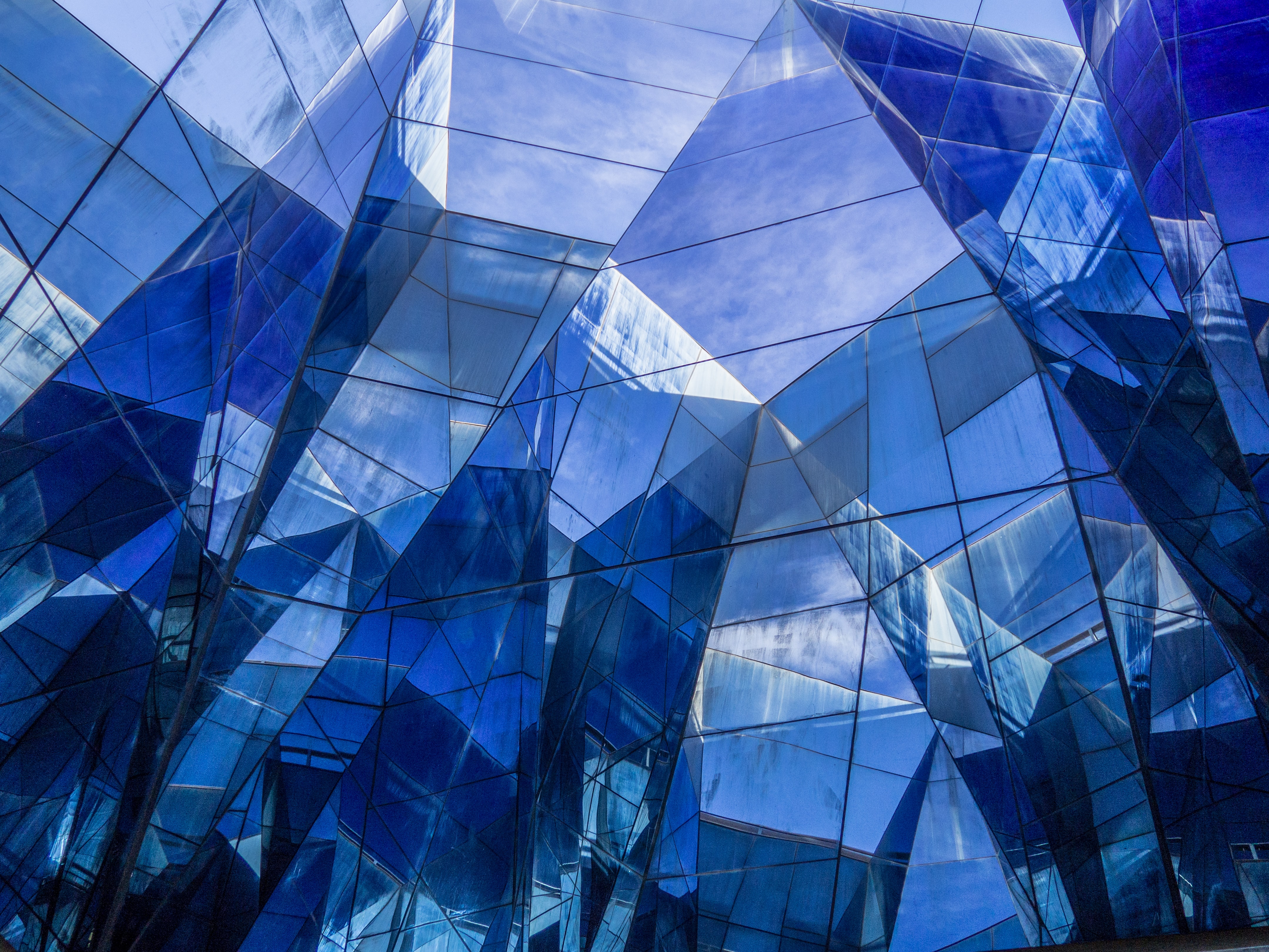Unveiling Piezoelectricity: From Ancient Mysteries to Modern Marvels
- The OSIRIS Project Editorial Staff

- Nov 10, 2023
- 3 min read

Piezoelectricity, a phenomenon where certain materials generate an electric charge in response to mechanical stress, intertwines the realms of physics, engineering, and possibly even ancient technology in ways that continue to fascinate and inspire. This remarkable property bridges the gap between the tangible force of mechanical stress and the invisible realm of electrical energy, offering a plethora of applications that have evolved over time, from speculative ancient uses to indispensable modern-day technologies.
What is Piezoelectricity?
Discovered in 1880 by Jacques and Pierre Curie, piezoelectricity occurs in specific materials, such as quartz, Rochelle salt, and tourmaline, that lack a center of symmetry. When mechanical stress—such as pressure, twisting, or bending—is applied to these materials, it induces an electrical charge across the material. Conversely, applying an electric field to a piezoelectric material can cause it to change shape slightly, a principle used in various actuators and sensors.
The underlying mechanism of piezoelectricity involves the displacement of ions within the material's crystal lattice, leading to an imbalance that manifests as an electric potential. This direct conversion between mechanical and electrical energy opens up a myriad of practical applications, ranging from everyday gadgets to sophisticated industrial and medical devices.
Piezoelectricity in the Modern World
Today, piezoelectric materials are integral to a wide array of technologies. In the realm of consumer electronics, piezoelectric components are found in quartz watches, where the consistent vibration of a quartz crystal provides accurate timekeeping. Similarly, piezoelectric buzzers and speakers utilize the material's ability to convert electrical signals into mechanical vibrations, creating sound.
In the automotive industry, piezoelectric sensors play a critical role in airbag deployment systems, where they detect the sudden impact of a collision and trigger the airbag's inflation. Likewise, piezoelectric actuators are employed in precise fuel injection systems to improve engine efficiency and reduce emissions.
Medical technology also benefits from piezoelectricity, especially in diagnostic imaging. Ultrasound machines rely on piezoelectric crystals to generate sound waves that penetrate the body, with the echoes forming images of internal structures. This non-invasive technique is invaluable for prenatal care, cardiac assessments, and other medical examinations.
Speculative Ancient Uses of Piezoelectricity
While the scientific understanding of piezoelectricity is relatively modern, it's tempting to speculate on how ancient civilizations might have encountered and possibly utilized this phenomenon. Some researchers suggest that the ancient Egyptians, renowned for their architectural and scientific achievements, may have used piezoelectric materials such as quartz in religious and ceremonial objects, exploiting the material's properties to create static electric charges.
Another intriguing hypothesis proposes that piezoelectric materials could have been integrated into the construction of ancient megalithic sites, such as Stonehenge or the pyramids. These structures, aligned with astronomical phenomena and known to incorporate various types of stones, might have harnessed piezoelectric effects for purposes lost to history, ranging from sound amplification during rituals to more esoteric uses.
Conclusion
Piezoelectricity represents a fascinating intersection of natural phenomena and human ingenuity, with applications that span the spectrum from practical to speculative. As we continue to explore and understand this unique property, the potential for new and innovative uses remains vast, promising advancements in technology that could further transform our world. From its definitive role in modern technology to its speculative presence in ancient history, piezoelectricity underscores the enduring quest for knowledge and the creative application of natural laws in human civilization.
Further Reading:
Ikeda, T. (1996). Fundamentals of Piezoelectricity. Oxford University Press. This comprehensive guide offers a deep dive into the principles of piezoelectricity, exploring both its theoretical foundations and practical applications.
Jaffe, B., Cook, W. R., & Jaffe, H. (1971). Piezoelectric Ceramics. Academic Press. This book discusses the development and use of piezoelectric ceramics, providing insight into materials that have expanded the scope of piezoelectric applications.
Lang, S. B. (2006). Sourcebook of Pyroelectricity. Gordon and Breach Science Publishers. While focusing on pyroelectricity, this sourcebook also touches on the related phenomenon of piezoelectricity, offering perspectives on materials that exhibit both properties.



Comments